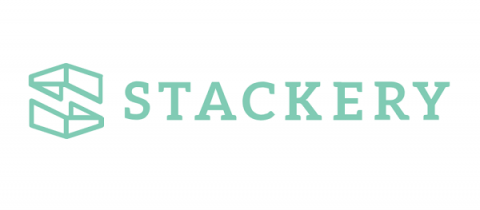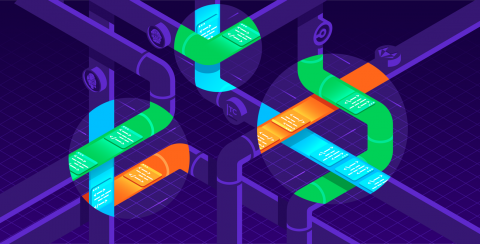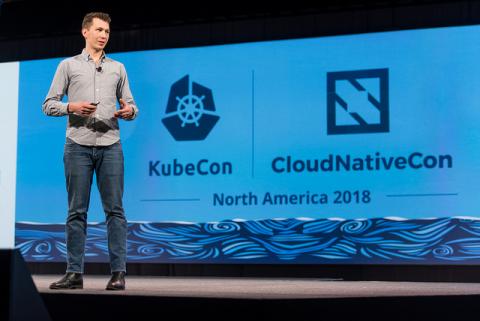Debugging serverless applications with Dashbird
With AWS Lambda, we get scalability and resilience out-of-the-box. What’s more, AWS also provides built-in monitoring, logging and tracing support through CloudWatch and X-Ray. These built-in tools provide a good starting point but many developers eventually outgrow them as their serverless application becomes more complex. In this post, let’s take a serverless application and see how Dashbird can help you debug a serverless application.










